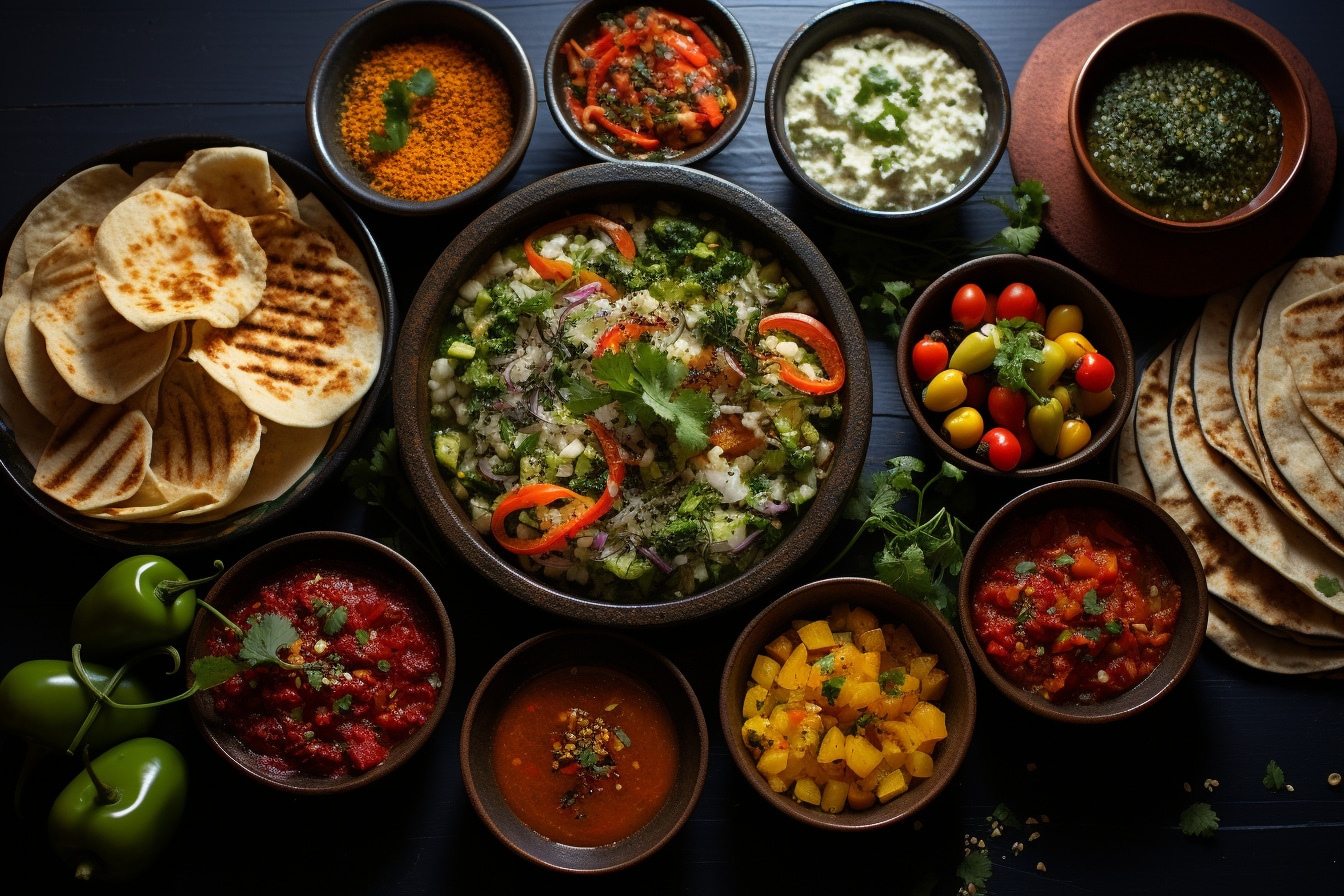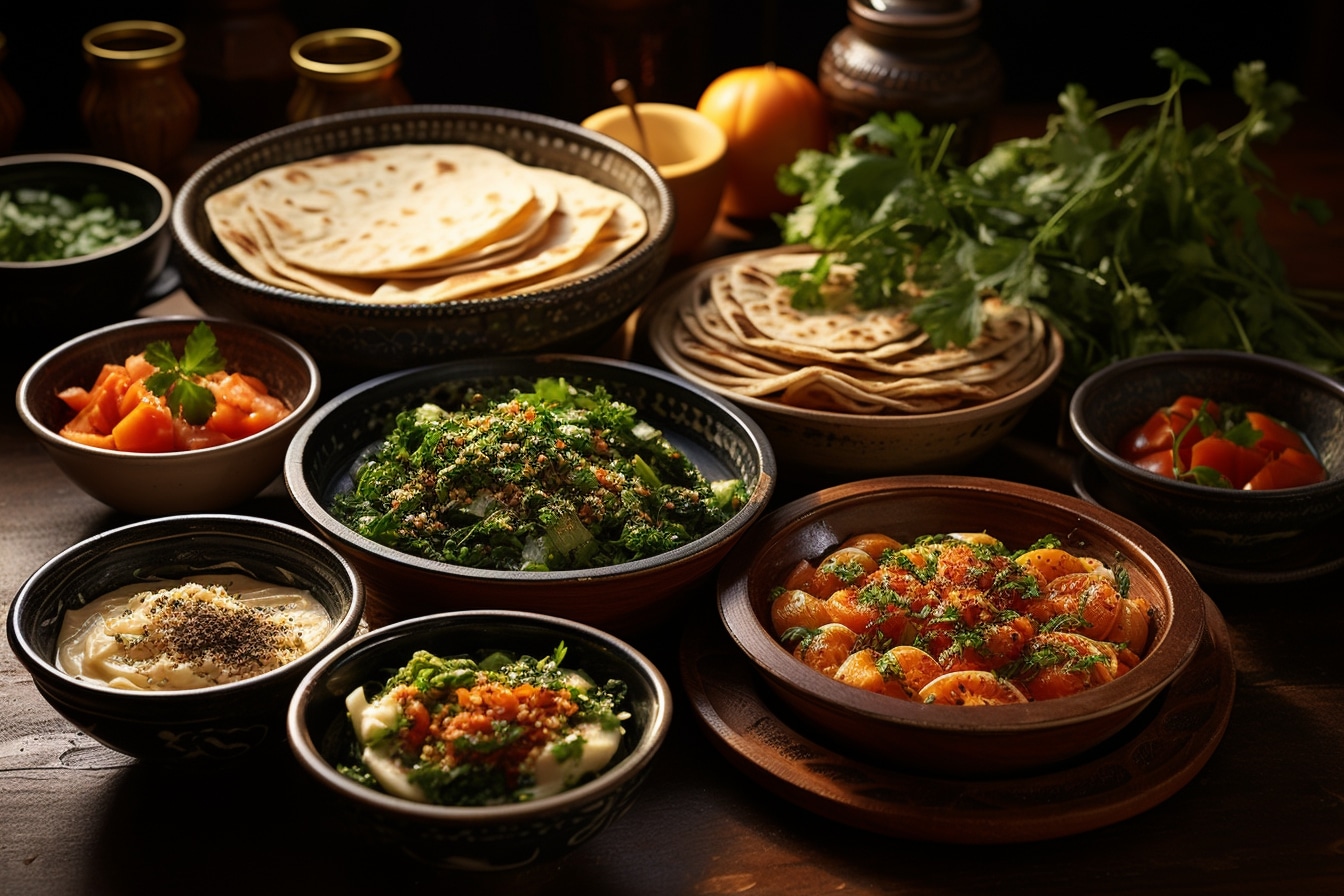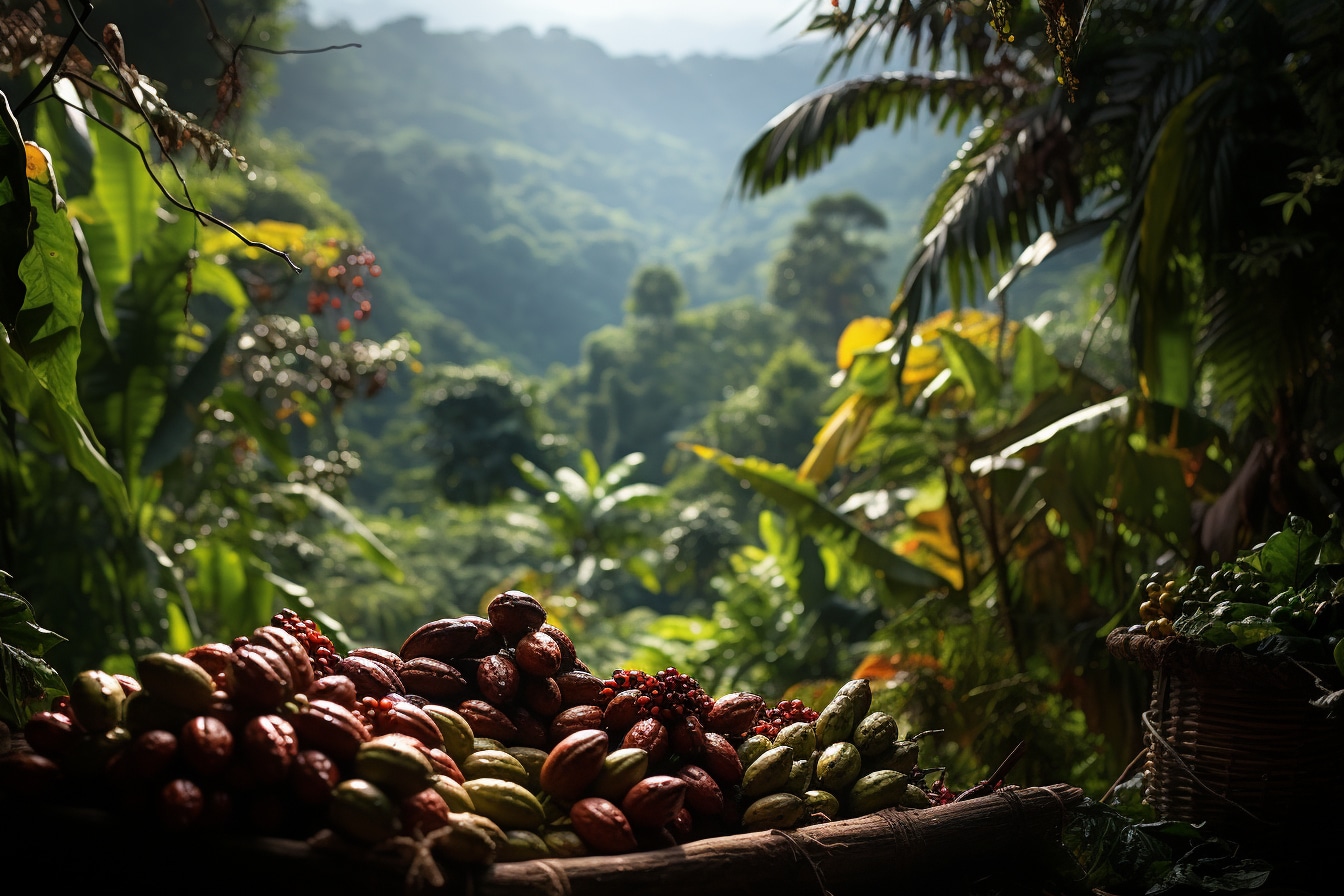Imagine, for a moment, to be at the heart of Europe in the Middle Ages. The devoted monks, in brown dresses, are held in the intimacy of vaulted cellars, mixing ingredients and carefully monitoring the bubbling boards. This mysterious atmosphere is not the precursor of a magic potion, but the preliminary stage in the production of one of the most popular drinks in history: beer. How did these monasteries become pillars of the European brewery? This is what this article proposes to explore.
The path of faith towards fermentation: an ancient story
monastic brasserie, as strange as it may seem , has roots deeply rooted in European history, merging religious practices with an ancient culinary know-how.
The origins of the monastic brewery
The monks have started to brew Their beer in the 7th century for various reasons, the most important of which was self -sufficiency. With “privilegium” , an edict that exempt monasteries from any beer tax, beer production has become a vital source of income for monastic communities.
The Beer, an essential nutrient
beer also played an essential role in monastic food during the fast of medieval times. Beer, rich in vitamins and calories, was often nicknamed the “liquid bread” .
The continuation of tradition: Styles of monastic beer
Now that we know the origins, pay our attention to the various types of monastic beers which are still brewed today according to ancestral recipes.
- The Trappist: Only beers brewed inside the walls of a Trappist abbey can bear this prestigious name. There are currently eleven official trappist breweries in the world, including six in Belgium.
- Dubbel and tripel: These Belgian beers obtain their distinctive character by a double fermentation process or triple, respectively. These processes add complexity and increase the alcohol content.
quadrupel: it is the strongest of monastic beers, with an alcohol content often greater than 10 % .
Modern monasticism: the heritage of the monastic brasserie today
So what is the situation of the monastic brewery today? >
The permanent influence of monasteries
Despite the vicissitudes of history, monastic breweries remain an integral part of European identity. Some of them, like the Westvleten abbey in Belgium, are considered to be producing the best beers in the world.
the return to crafts
at a time when the Mass production dominates the beer industry, authenticity and tradition embodied by monastic breweries have created a niche for consumers looking for unique and quality products.
and now, you To play: How to taste monastic beer?
How can you help preserve the heritage of the monastic brasserie? It can be as simple as choosing a Trappist beer the next time you visit your local brewery. Or why not visit a real brewing abbey to feel the mystical atmosphere of the brewing process?
whether you are a beer lover or simply curious about history, the influence of monasteries on the brewery European is a fascinating lesson on the way in which faith, tradition and innovation can mix to create something truly unique and tasty.





